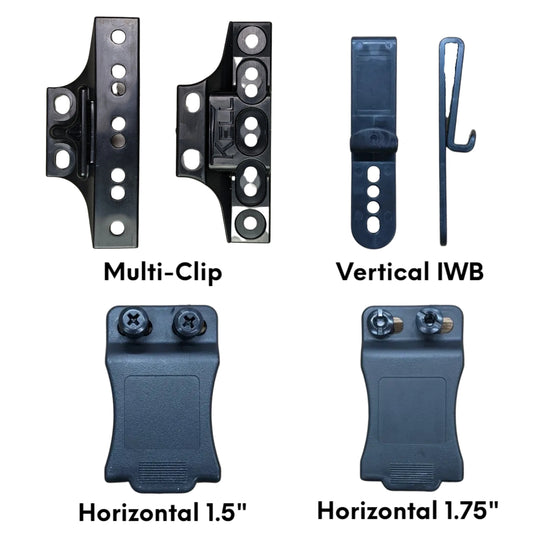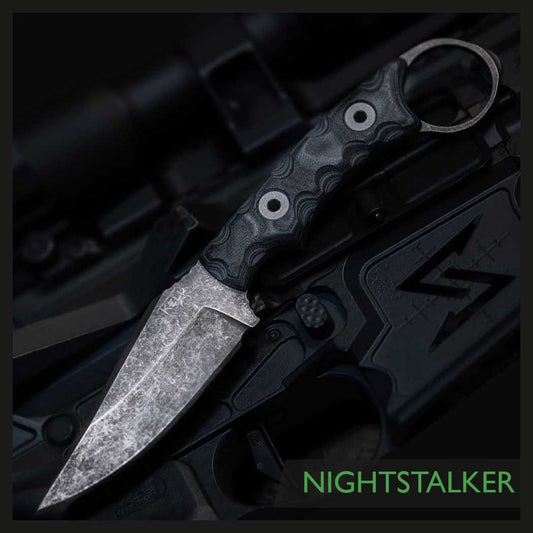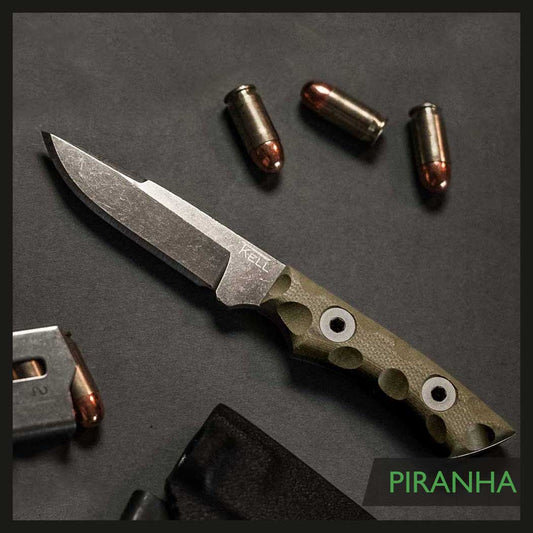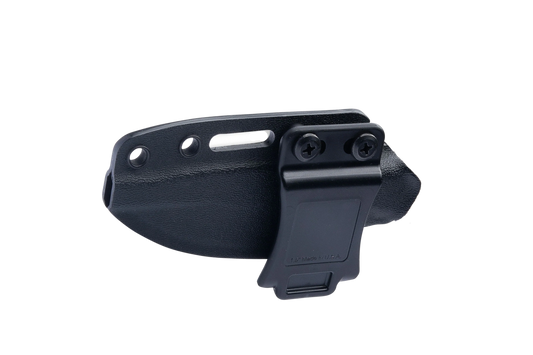Understanding the right way to hold a knife is key for safety and success. Many in the martial arts world learn old-school grips that can be risky. These methods, while important historically, are not the best for self-defense today.
Learning the best ways to grip a knife makes you more effective and safer. It's important to know which grips to avoid. This guide will show you how to hold a knife safely and effectively in a fight.
Understanding the Importance of Knife Grips
A secure grip is vital for knife safety, especially in dangerous situations. The right grip lowers the chance of harm to yourself and allows better handling in tight spots. It's important to question old ideas about grips. This helps us stay safe by finding better ways to hold a knife.
The Role of Grip in Knife Safety
Grip is key for safe knife use. It helps with control and stops the knife from slipping. With the right grip, you can aim more precisely and feel more sure of yourself. This means your reaction in a crisis could be the right one, not just an accident.
Historical Context of Knife Grips
Knife grips have changed over time, starting with sword and bolo techniques. Those early grips came from big weapons. But, today's grip methods for knives need to be different. Our grip must be practical and effective for the modern world. We've moved from old, less useful grips to new, safer ways of holding knives. This is critical for keeping us safe.
Common Unsafe Knife Grips to Avoid
Using bad knife grips in combat can be very bad. They make it hard to control the knife and raise the chance of getting hurt. If you don't hold the knife with all your fingers wrapped around, it's dangerous. You might drop the knife or hurt your hand badly.
A grip where some fingers are not touching the handle is risky. It lacks security and leads to knife fumbling in a fight. Preventing knife injuries means making sure your grip is stable.
Learning about dangerous knife grips helps keep your hands safe. It's key to use the right grip to keep control of your weapon. This also stops big problems during fights.
How to Hold a Knife in a Fight: Essential Techniques
Learning knife fight tactics means getting to know different ways to hold a knife. This is key for both your safety and how well you can fight. The Filipino grip and reverse knife gripping stand out. They have special benefits in fights.
The Filipino Grip
The Filipino grip is known for how well it fits and feels in the hand. It covers the hand perfectly, offering a firm grip. This lets you switch from attack to defense quickly. The grip means you have more control and less chance of dropping the knife. So, it’s great when you need to move fast and stay agile.
Reverse Knife Grips: Edge In and Edge Out
There are two main ways to use reverse knife grips: edge in and edge out. With edge-in, the sharp side of the blade faces you. It's good for strong hits and thrusts up. On the other hand, edge-out has the sharp side facing away. This helps with powerful slashes and keeps opponents far from you.
Both ways of reverse knife gripping have good and tough sides. The edge-in style gives you more control up close, while edge-out means you can hit hard from a distance. Knowing when to use each grip is crucial. It can make your knife fighting skills much better.
Using both Filipino grips and reverse grips makes your knife fighting stronger. Whether you need the quick moves of Filipino grips or the strong hits of reverse grips, they're important tools. They help you be ready and effective in a fight.
Biomechanics of a Secure Knife Grip
Having a secure knife grip is crucial for both control and making powerful, efficient moves. Knowing the biomechanics of how we hold a knife offers great tips on improving your grip. When dealing with situations where grip is key, understanding how your hand and knife work together helps a lot.
The Power Grip Technique
The power grip involves using your whole hand to hold the knife, thus applying all your hand's strength. This grip method is recommended widely because it gives you a strong, reliable hold. It lets you use your fingers and thumb in a way that gives you the best control and gripping power.
Hand Structure and Grip Efficiency
Did you know that the way your hand is built affects how well you can grip? Our thumb, index, and middle fingers do most of the work when gripping. This is backed up by our ring and pinky fingers to keep the grip steady. Understanding this means we can make our hand muscles work better. The power grip stays effective, even with long use.
Learning about the power grip and the way our hands work can really help with knife handling. It's all about using each finger right, which improves your grip exactly when you need it most.
FAQ
Why is the grip so important in knife fighting?
A proper knife grip is key for staying safe and being effective in battle. It lowers the chance of the knife slipping and keeps your hand safe from harm.
What is the Filipino grip and why is it recommended?
The Filipino grip is known for being versatile and feeling natural. It works well for both thrusting and cutting. This makes it a good choice for many fighting scenarios.
What are common unsafe knife grips to avoid?
Avoid grips where your fingers barely hold the knife. This includes loose, floating fingers or if just a few fingers hold on. They can cause severe accidents.
What historical grip techniques are still in use today?
Some old grips from sword and bolo combat are still used. Yet, they might not be the best for safety in modern knife fights.
How do the biomechanics of the hand contribute to a secure knife grip?
The correct way to hold a knife uses fingers and the side of the hand. This uses the hand's mechanics for a stronger grip. It's important for good handling in a fight.
What is the difference between edge-in and edge-out reverse grips?
With the edge-in grip, motions are more controlled. The edge-out grip is for stronger downward blows. Use the right grip for what's needed in the fight.
Are there modern alternatives to traditional combative grips?
Yes, new knife fight methods focus on safer and more controlled grips. For example, they suggest using a full grip or adjusting the Filipino grip.







